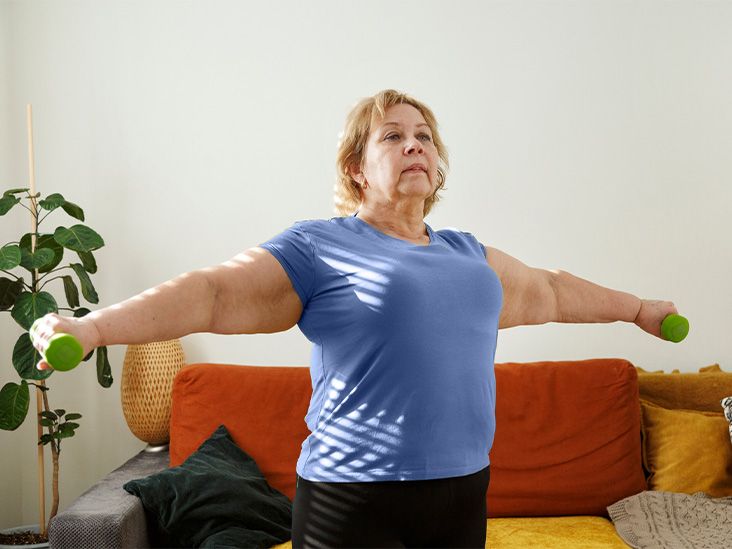Psoriatic arthritis (PsA) is a type of arthritis that commonly develops in people with psoriasis. Psoriatic arthritis nail changes can include pitting, splitting, discoloration, and more.
People with psoriasis and PsA commonly experience changes in their nails. In fact, researchers suggest that around
Many people may notice changes in their nails as an early symptom of PsA. Changes can affect any part of the nail structure and areas surrounding the fingers,
- the visible part of the nail, which doctors call the nail plate
- the nail bed, which is the skin beneath the nail
- the nail matrix, which is the tissue at the bottom of the nail
- the area where the nail meets the fingertip (hyponychium)
- the small, pale semicircle at the base of the nail, known as the lunula
This article discusses how PsA may affect the nails and some medical and at-home treatment options to try.
Finally, the article answers some common questions about the condition.
PsA can cause many visible symptoms in the nails.

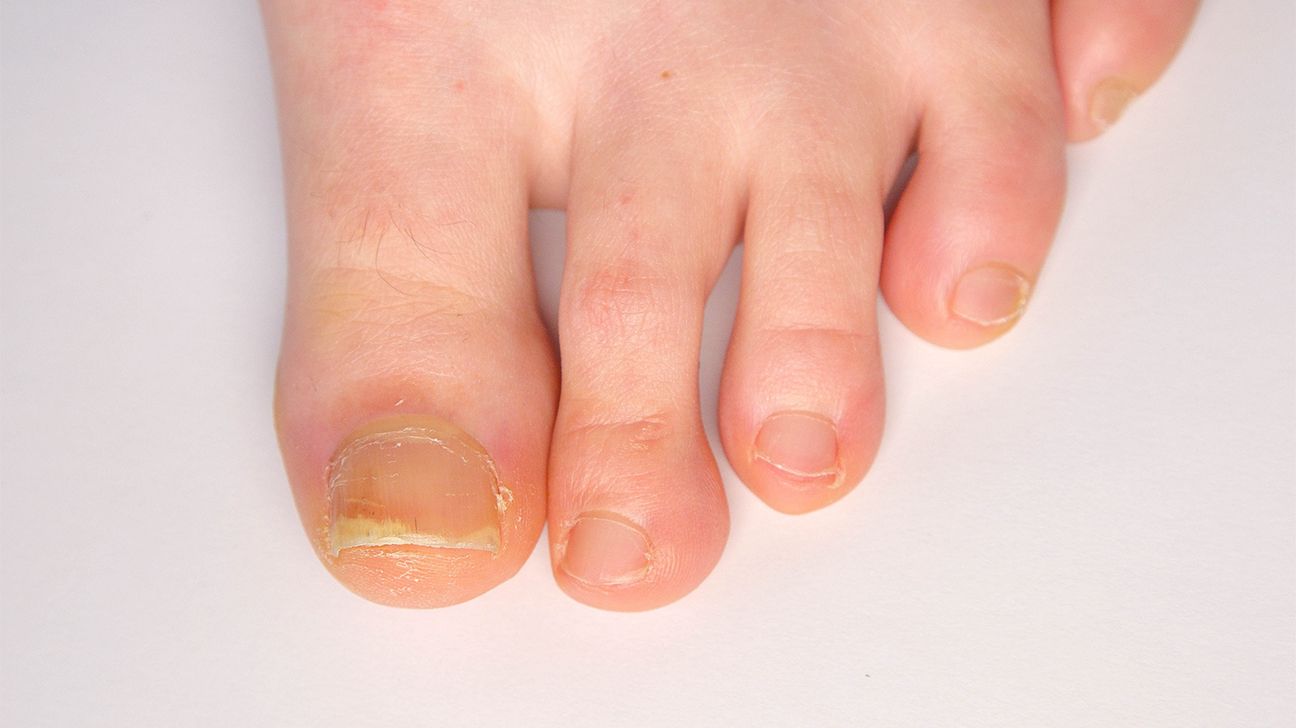

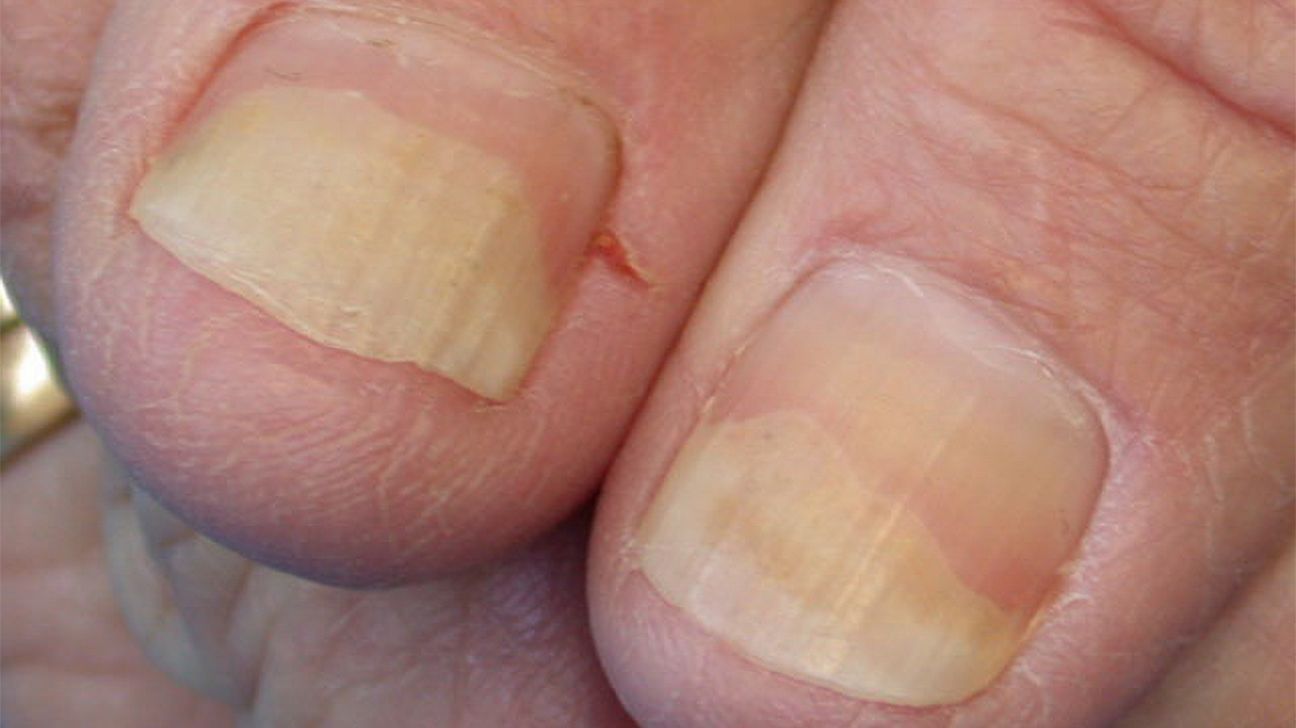
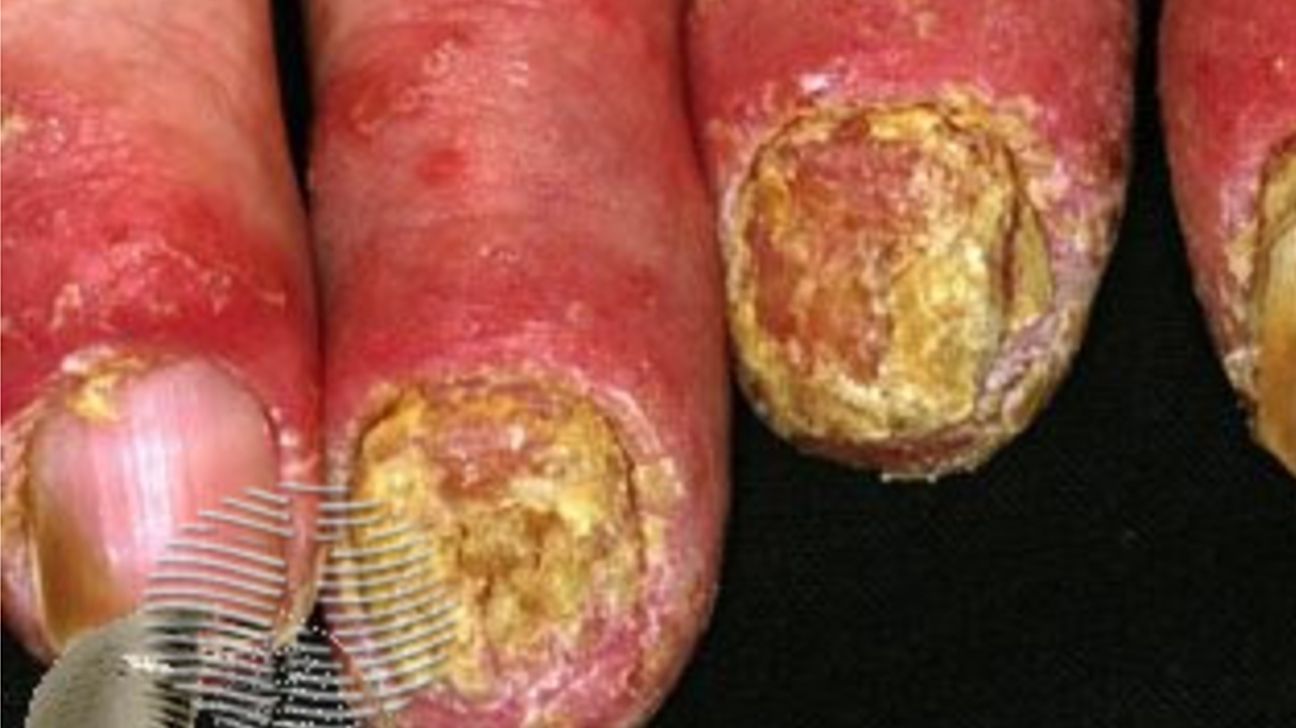
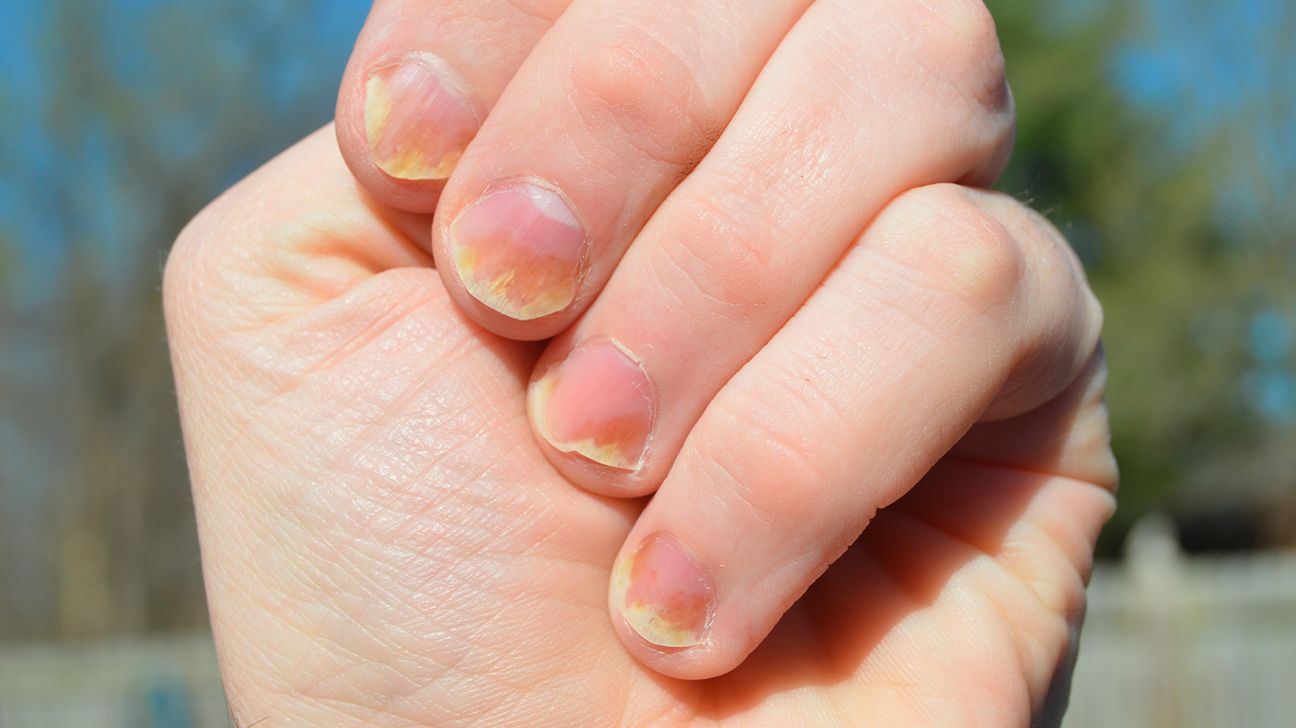
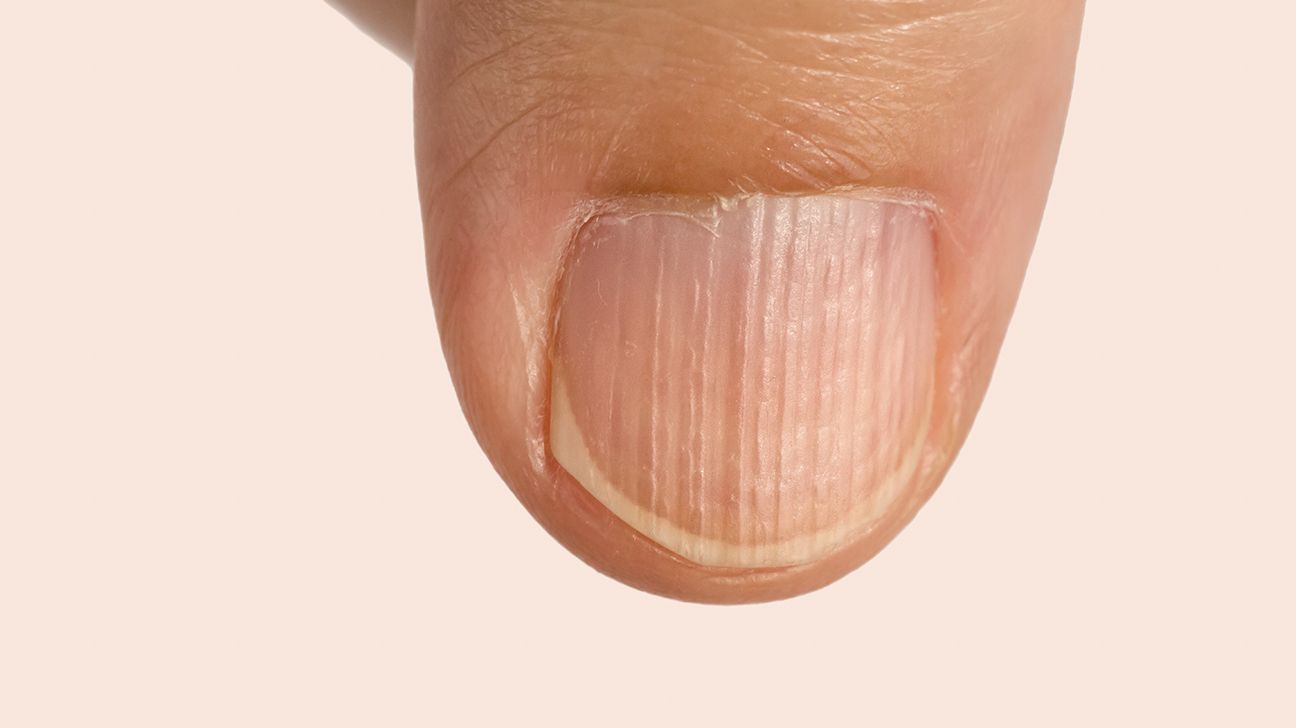
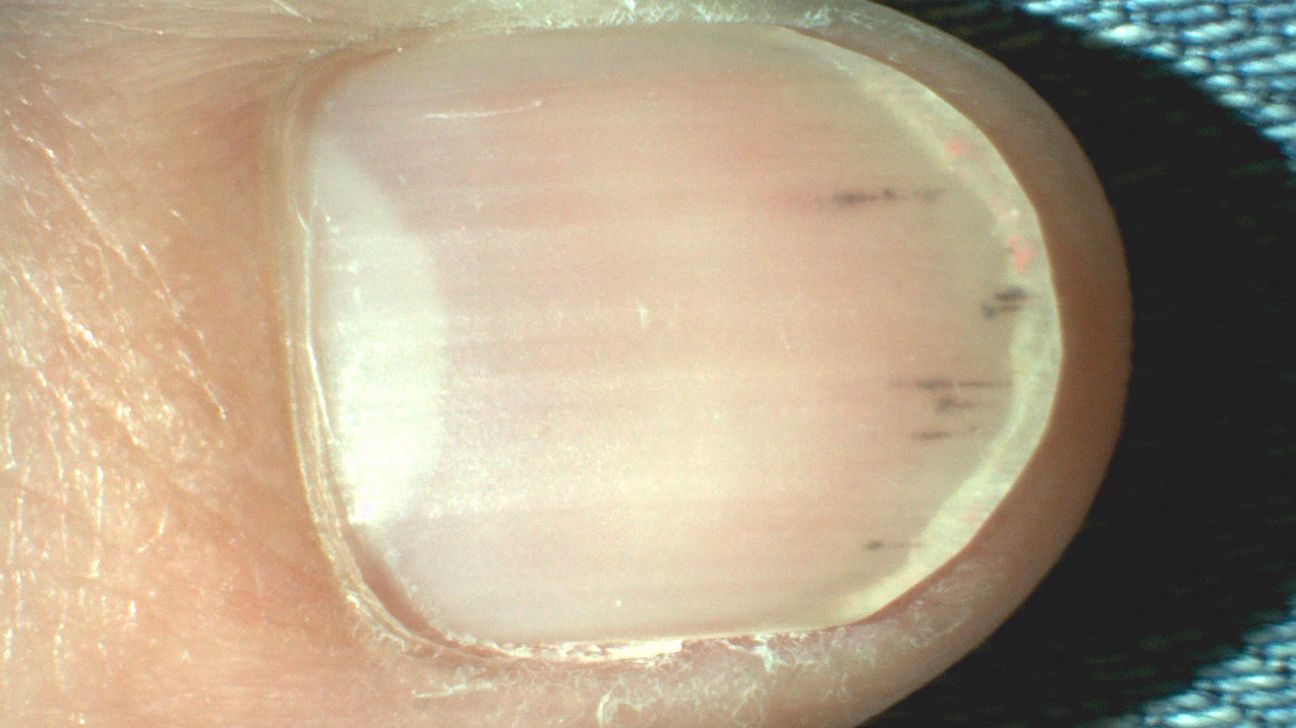


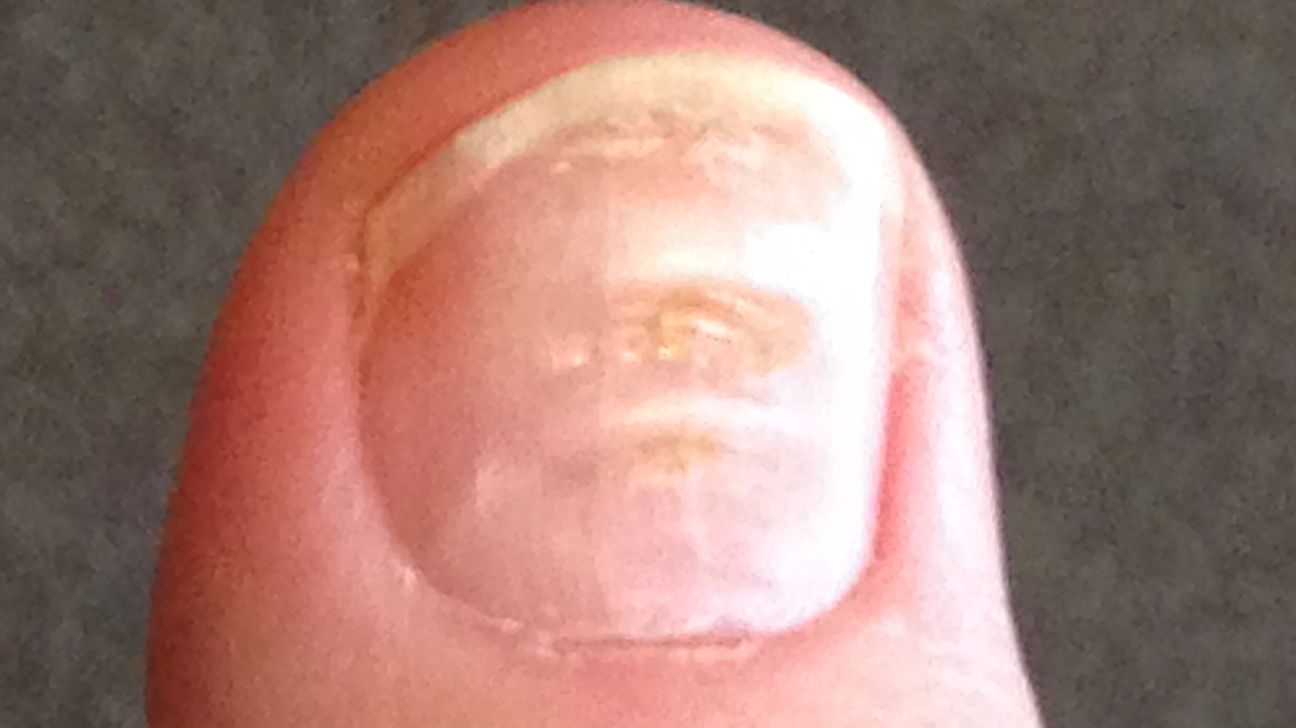
Possible changes
| Change | Symptoms |
|---|---|
| Pitting | This affects about |
| Subungual hyperkeratosis | Skin cells build up more than usual under the nail, causing pressure and an appearance of thickening. It can resemble a fungal infection. |
| Discoloration | The nail may turn yellow or brown. |
| Onchyauxis | There is overgrowth and thickening of the nails, which may become discolored. |
| Leukonychia | White spots or streaks appear on the nails. |
| Oil drop sign | The nail appears to have trapped oil underneath it. It is from inflammation in the nail bed. |
| Onychorrhexis | Ridges form vertically, and nails may split at the ends. |
| Beau lines | Ridges form horizontally across the nail. |
| Splitting | The nails become fragile and split at the tips. |
| Onycholysis | The nails lift or separate from the nail bed. First, a gap may form, and the nail turns white or yellowish. In time, the gap may spread toward the cuticle, and the nail may detach. |
| Splinter hemorrhage | Tiny lines or spikes of blood appear under the nail as capillaries in the nail bed become damaged. |
When do nail symptoms occur?
Psoriatic disease varies widely in the way it presents and the order in which features appear.
Typically, PsA develops in stages.
In its preclinical stage, psoriatic inflammation may lead to:
- fatigue
- heel pain
- joint pain
At this point, doctors may not yet be able to identify the condition as PsA.
In time, nail changes can begin to occur, such as:
- pitting
- discoloration
- softness
- holes
Dactylitis may also develop. This is when the toes or fingers swell and take on a “sausage” shape.
As the condition progresses, symptoms may become more severe, and damage can affect the bones, tendons, and joints.
However, around
The likelihood of nail psoriasis is higher in people with PsA than in those with psoriasis. Between
Around
Treatments for psoriatic nail problems focus on managing the underlying condition and relieving any pain. These treatments may include the following:
Topical creams
Medicated creams can
For example, some creams contain medications to slow the growth of cells, which may help with hyperkeratosis. Others contain steroids to reduce inflammation and damage.
A doctor may also recommend applying topical vitamin D cream.
Steroid injections
Doctors sometimes recommend corticosteroid injections to
Steroid injections to treat nail symptoms can be painful. Also, the surrounding nail or matrix may become weak after a person stops receiving the injections.
Phototherapy
In some cases, shining UV rays on the nails may help slow the growth of skin cells and stop some symptoms from affecting the nails.
Doctors can perform this procedure in a clinic, or they may recommend specialty equipment for home use.
General PsA treatments
Various medications may help
They include:
- nonsteroidal anti-inflammatory drugs (NSAIDs) to
help reduceTrusted Source inflammation and pain - long-term use of biologics or disease-modifying antirheumatic drugs (DMARDs) to slow the progression of the disease and reduce the frequency and severity of flares
- steroid injections to reduce joint inflammation
Some home remedies may help alleviate the symptoms of PsA in the nails and fingers. These include the following:
Over-the-counter (OTC) options
Some OTC medicated creams may help if the nails are at risk of infection. They typically include two main ingredients: salicylic acid and tar.
A person may wish to talk with a doctor before using any additional creams or medicated ointments on nails with psoriasis.
Diet
Psoriatic disease is an inflammatory condition.
For this reason, people may wish to consider eating an anti-inflammatory diet, such as the Mediterranean diet. Anti-inflammatory diets focus on fish, vegetables, and olive oil.
In contrast, highly processed foods may worsen inflammation.
Nail care
General nail care is essential for people with nail psoriasis. Sustaining new injuries to the nail may trigger a symptom flare-up, so people should try to avoid activities that can damage their hands or nails.
People should be sure to follow a doctor’s or dermatologist’s instructions on daily nail care. This may include carefully washing underneath the nail each day and keeping the nails short to prevent breaks.
Some other nail care tips include:
- moisturizing the hands and feet with a natural, fragrance-free moisturizer
- keeping the nails trimmed and dry
- protecting the nails from trauma, such as by wearing gloves when washing dishes
People should avoid:
- soaking the nails in hot water, as this may cause dryness and worsen symptoms
- chemicals in soaps, nail polishes, and fragrances
- digging or picking at cuticles and skin buildup under the nail
- nail biting
- nail polish and acrylic nails
A person with PsA who is experiencing new nail symptoms may wish to contact a doctor. Likewise, if they are unsure about whether their treatment is working, they can ask their doctor about other treatment options.
The nails grow slowly, so results from any treatment can take time to show up. Attending all appointments and staying in touch with the healthcare team can help make treatment more effective.
Nail psoriasis is a long-term condition. It can improve for a while and then worsen again, as with other forms of psoriatic disease.
Complications
Treatment can help manage nail psoriasis, but it can have adverse effects. A person can work with their care team to find the right treatments with minimal side effects.
Here are some questions people often ask about nail psoriasis and psoriatic arthritis.
Can nail psoriasis lead to psoriatic arthritis?
Nail psoriasis does not cause PsA, but both are manifestations of psoriatic disease. Nail psoriasis affects
What do nails look like with psoriatic arthritis?
Not everyone with PsA develops nail symptoms. If symptoms do occur, they
- pitting, splitting, and crumbling of nails
- a buildup of skin cells under the nails
- separation of the nail from the nail bed
- changes in the appearance of the nails, such as white or red marks or ridges
Can you have nail psoriasis without psoriatic arthritis?
Yes, a person
PsA with nail psoriasis can affect the nails in various ways. It can cause pitting, discoloration, and brittleness. The more severe the condition, the worse its effects on the nails may be.
There is currently no cure for PsA or nail psoriasis, but medical and home treatments can help manage these conditions and reduce flare-ups.


